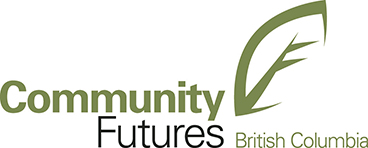Fraser Valley/Victoria -After more than three years of reduced ridership due to COVID-19, BC Transit has seen steady increases and is now experiencing a province-wide return to pre-pandemic ridership levels.
“BC Transit is one of the first agencies in North America to reach this ridership recovery milestone following the pandemic and BC Transit staff deserve a huge amount of credit for all their hard work and dedication in difficult and uncertain circumstances,” said Rob Fleming, Minister of Transportation and Infrastructure.
COVID-19 had a major impact on public transportation throughout the world, and BC Transit saw ridership drop to as low as 20% of pre-pandemic numbers in spring 2020. But since the peak of the pandemic, ridership has steadily increased as people resumed taking transit.
BC Transit has consistently seen ridership at 100% of pre-pandemic levels throughout September in the 57 transit systems we serve. For example, there was a total of 226,764 riders from September 11 to 15, a five-day work week. Over that same corresponding work week in 2019, the organization had 226,106 riders.
According to BC Transit – Some BC Transit systems, such as the Central Fraser Valley, Chilliwack, and the Comox Valley, have seen ridership come back even stronger at more than 120% of pre-pandemic numbers. The safety of customers and employees is BC Transit’s top priority. The organization has followed the guidance of the Provincial Health Officer (PHO) and WorkSafeBC with policy decisions throughout the pandemic and will continue to do so.
BC Transit has also developed several initiatives to improve the customer experience and reliability. This includes:
- Expansion of our NextRide technology to now include 42 transit systems.
- Improved real-time data collection to better measure ridership and optimize routes and schedules.
- Implementation of Umo, our electronic fare system that will allow for cashless payments in 30 transit systems once complete.







